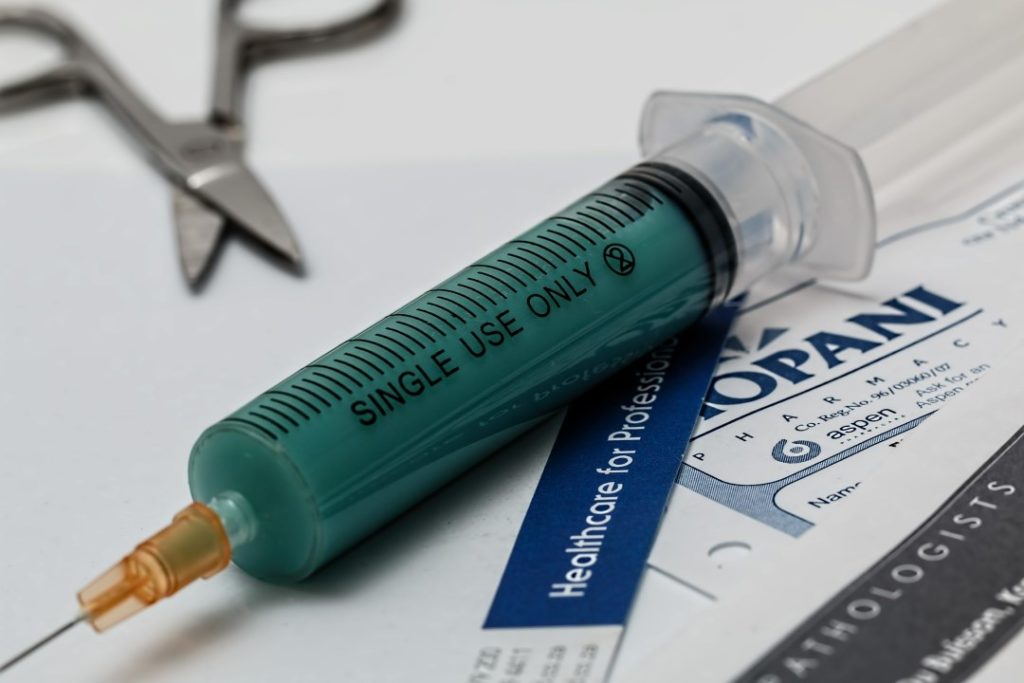
Contents
What is Polio vaccine?
Polio is caused by a virus that lives in the throat and intestinal tract. It is spread mainly through contact with the faeces of an infected person (for instance, by changing diapers). Some children who get polio don’t feel ill at all. Others have the symptoms of a common cold, sometimes accompanied by pain and stiffness in the neck, back and legs. But some children get severe muscle pain, and within a week can be paralyzed, in other words, loose the use of their muscles.Usually paralysis affects a child’s legs, but it can also affect other muscles, including those that control breathing. Polio vaccine is used to combat poliomyelitis.Two different kinds of polio vaccine are available:- A live attenuated (weakened) oral polio vaccine (OPV). OPV is given orally.
- An inactivated (killed) polio vaccine (IPV). Unlike OPV, IPV has to be injected by a trained health worker.
Polio vaccine Immunization schedule
- Birth – OPV-0
- 6 weeks – OPV-1+IPV-1 or OPV-1
- 10 weeks – OPV-2+IPV-2 or OPV-2
- 14 weeks – OPV-3+IPV-3 or OPV-3
- 15-18 weeks – OPV-4+IPV-B1 or OPV-4
- 5 years – OPV-5
Effectiveness
Be sure you receive all recommended doses of this vaccine. If you do not receive the full series of vaccines, you may not be fully protected against the disease.Side effects
The most important but extremely rare side effect with OPV is vaccine-associated paralysis (VAP). It occurs in 1 in million doses.If a serious allergic reaction occurred, it would happen within a few minutes to a few hours after the shot. Signs of a serious allergic reaction can include difficulty breathing, weakness, hoarseness or wheezing, a fast heart beat, hives, dizziness,paleness, or swelling of the throat.A sore spot may develop where the shot was given in few people who get IPV.Symptoms for paralysis include:- severe muscle aches and spasms
- weakness
- loss of movement in an arm or leg